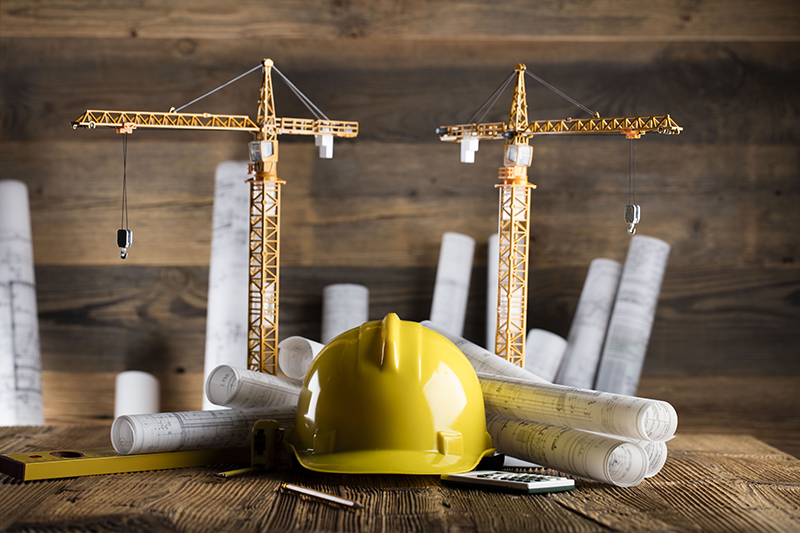
RESEARCHERS have developed and patented a new corrosion sensor that they say could improve safety and reliability of large structures such as bridges and gas pipelines.
The work of Bournemouth University, researchers said the device could also aid aircraft and military vehicles. It can detect defects and risks in major infrastructure at a ‘much earlier’ stage than the methods currently being used, they added.
Further to this, the researchers said the device could reduce the need for time consuming repairs which can come at a ‘significant’ cost and inconvenience to industries and the public.
Zulfiqar Khan, professor of design engineering and computing at Bournemouth University and lead of the development, said, “Our doctors often encourage us to take health screenings regularly, so they can diagnose conditions at an early stage which gives us better options for treatment. This sensor works on the same principle. If we can spot health risks in vehicles and mechanical structures before corrosion reaches an advanced and dangerous stage, we can avoid costly, lengthy repairs and hopefully prevent structures from being scrapped altogether.”
Whilst other corrosion sensors are used by industry, the university said they all require cables to be plugged in to a computer. This means that maintenance must take place with a worker present at the site. On the other hand, Professor Khan’s device is wireless so it can be attached to a structure and its readings could be continuously monitored off-site.
As a further benefit, the sensor can be used on any kind of surface, whereas the researchers said most current devices only work on metallic surfaces which the electricity from the sensor must pass through.
Professor Khan continued, “The aerospace industry, for example, would prefer a sensor which can detect failures beneath non-metallic coatings. Currently, this involves removing a patch of the non-conductive coating to make the conductive surface available – this could be counter-productive as it can initiate corrosion more rapidly.
“Unmonitored failures lead to costly consequences. Scheduled inspections are tedious, time consuming and are mostly limited to visual or surface failures. Our latest sensor technology is a futuristic, much needed solution. It can work remotely, it works on metallic and non-metallic surfaces and can detect defects several millimetres below the surface which are not visible to the naked eye.”
Anyone interested in finding out more about the sensor and its potential applications in industry can contact Professor Khan on zkhan@bournemouth.ac.uk.








